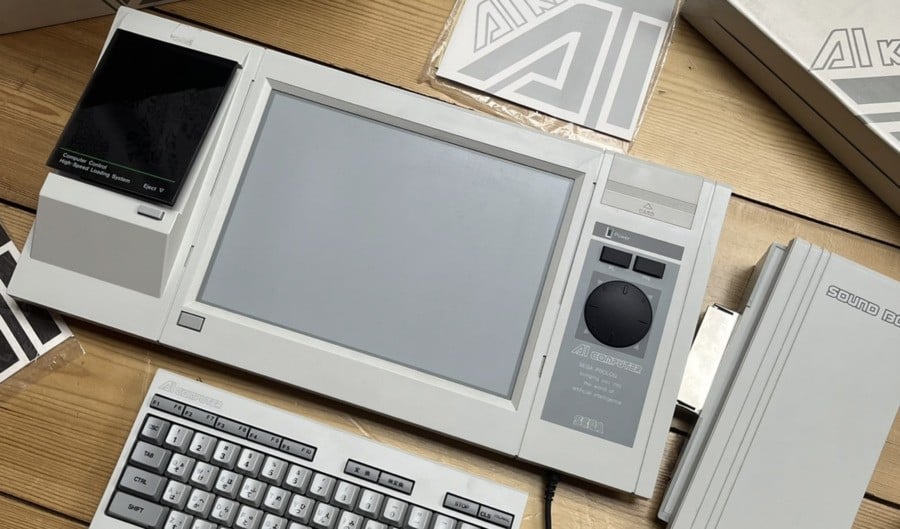
You'd be forgiven for not knowing anything about Sega AI Computer, a system released by the company in 1986. There's very little information about the platform online, but that has just changed overnight thanks to the amazing efforts of Sega super fan Omar Cornut and his team of collaborators at SMS Power.
Cornut – who worked on Lizardcube's Wonder Boy: Dragon's Trap remake – has just made public a vast array of data and information relating to the computer, including system ROMs, game dumps, photographs and more. An early MAME driver has also been released, which finally allows the Sega AI to be emulated.
"The majority of these software titles had zero information about them on the internet prior to us publishing them: no screenshots, no photos or scans of actual software," says Cornut.
"Considering the elusive nature of this machine, it is possible that some games have never been seen or completed by anyone outside of their original development teams. We hope that this release will be interesting to obscure game and computer historians and hobbyists alike. We will further amend it over time by releasing extra scans, hopefully improving emulation and publishing/discovering new information."
You can check out the entire post here.
